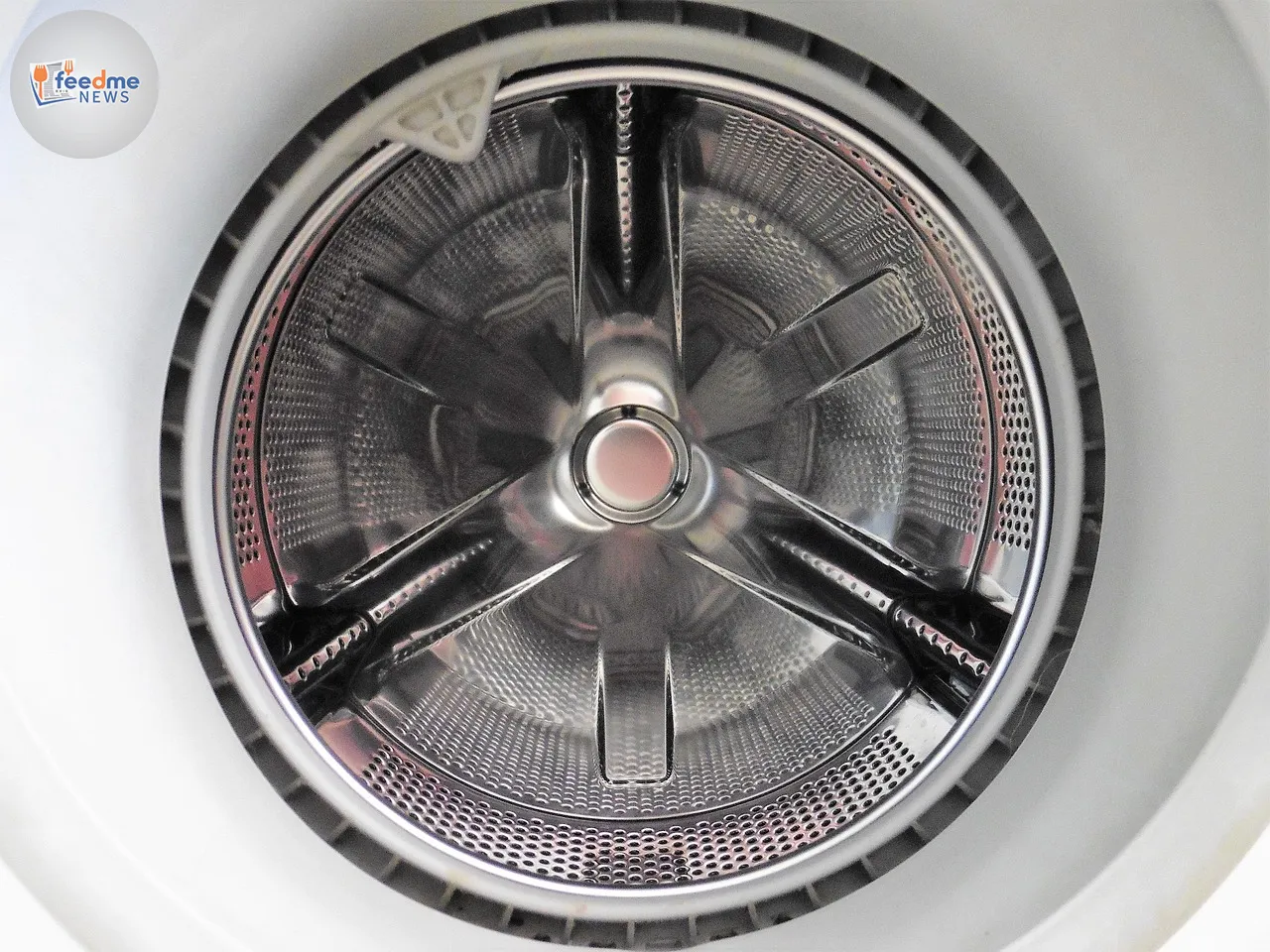In homes across the UK, stair safety remains a critical concern for parents and guardians. Recent statistics underscore the importance of vigilance, revealing that falls are among the leading causes of injury for young children. As families strive to create safe living environments, knowing how to protect children from stair-related accidents becomes paramount. This guide offers expert advice and practical tips to minimise risks and ensure peace of mind.
Understanding the Risks
Stair-related injuries can occur in an instant, often resulting from a momentary lapse in supervision or an easily overlooked hazard. The Royal Society for the Prevention of Accidents (RoSPA) highlights that falls are one of the most common accidents for children under five. Given that young children are naturally curious and may not yet have the coordination to navigate stairs safely, the potential for accidents is significant.
Dr Tom Stevens, a paediatric safety expert, emphasises the importance of proactive measures. “Parents must anticipate potential hazards and take steps to prevent them,” he advises. “This includes understanding the developmental stages of their child and adapting their environment accordingly.”

Implementing Safety Measures
Installing safety gates at the top and bottom of stairs is a recommended measure to prevent unsupervised access. These gates should be securely mounted and meet safety standards to ensure they can withstand the force of a child pushing against them. Additionally, carpeted stairs offer more grip than polished wood or tiles, reducing the likelihood of slips.
Parents should also consider the importance of proper lighting. Ensuring that staircases are well-lit can prevent missteps, particularly in the early morning or evening when visibility is reduced. Motion-sensor lights can be an effective solution, automatically illuminating the area when movement is detected.
Educating Children on Stair Safety
While physical barriers are essential, educating children about stair safety is equally important. As children grow, teaching them to hold onto handrails and navigate stairs carefully can instil habits that last a lifetime. Role-playing scenarios where children practice safe stair use can reinforce these lessons.
“Children learn best through repetition and example,” says child psychologist Dr Sarah Collins. “Parents should model safe behaviour and praise children when they demonstrate understanding and caution.”
Maintaining Vigilance and Adaptability
Even with safety measures in place, parental supervision remains crucial. Accidents can happen quickly, and being present allows for immediate intervention. As children develop, their abilities and understanding of danger evolve. Regularly reassessing the home environment and adjusting safety measures accordingly is vital.
For families with older children, involving them in the safety process can be beneficial. Encouraging them to help with younger siblings or to point out potential hazards fosters a sense of responsibility and awareness.
Embracing Technology for Added Security
In recent years, technology has provided new tools for enhancing home safety. Baby monitors with video capabilities allow parents to keep an eye on stair areas remotely. Additionally, smart home devices can send alerts if motion is detected near staircases when it is unexpected.
While technology can be a helpful addition, it should complement, not replace, traditional safety measures and supervision. “Technology should enhance safety, not create a false sense of security,” warns Dr Stevens.
Key Takeaways and Future Considerations
Ensuring the safety of children on stairs requires a multifaceted approach, combining physical barriers, education, and vigilance. By understanding the risks and implementing effective measures, parents can significantly reduce the likelihood of accidents.
Looking ahead, continued advancements in safety technology and increased awareness will play crucial roles in protecting children from stair-related injuries. As families adopt these strategies, the goal remains the same: to create a safe, nurturing environment where children can explore and grow without unnecessary risks.





